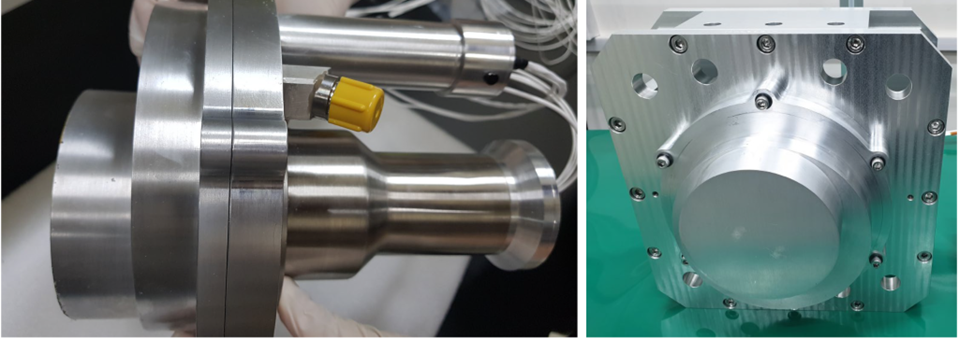The KGRS (KPLO Gamma-Ray Spectrometer) installed on the Danuri spacecraft was developed by Korea Institute of Geoscience and Mineral Resources. Its purpose is to measure gamma rays emitted from the lunar surface, specifically those emitted when the solar wind collides with it, and to detect hidden lunar resources. It can observe a wide range of resources with an energy resolution of 5% at 662 keV, ranging from low-energy gamma-ray measurements around 30 keV to the high-energy region of 12 MeV. The KGRS is also the lightest spectrometer ever flown in space, weighing only 6.3 kg. Its performance in observing the low-energy region is outstanding compared to other instruments mounted by other countries, enabling it to observe a wider range of resources.
During the Danuri mission, the KGRS continuously operates and receives gamma-ray spectroscopic data every 10 seconds from an altitude of 100 km above the lunar surface. It takes approximately a month to observe the entire lunar surface with the gamma-ray spectrometer. By conducting multiple observations and comparison corrections, a reliable lunar resource map can be created.
The data obtained by the KGRS can be utilized to create a lunar elemental map, including water, oxygen, and major minerals essential for sustaining life. It can also be used to create a lunar radiation environment map. The distribution and storage of minerals such as magnesium, silicon, water, and titanium, as well as other metallic minerals such as chromium and manganese, can be determined. Furthermore, it is expected to explore construction resources that can be utilized for lunar base construction, as well as conduct lunar geological and resource research.
 KGRS (Credit: KARI/KIGAM)
KGRS (Credit: KARI/KIGAM)
